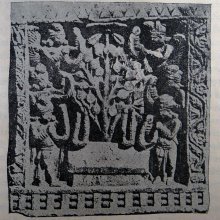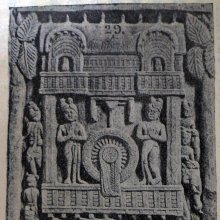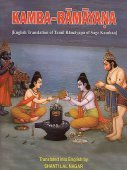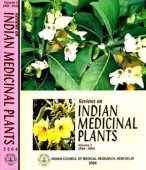Lucknow: 1 definition
Introduction:
Lucknow means something in the history of ancient India. If you want to know the exact meaning, history, etymology or English translation of this term then check out the descriptions on this page. Add your comment or reference to a book if you want to contribute to this summary article.
Images (photo gallery)
(+7 more images available)
India history and geography
Source: What is India: Annual Report on Indian Epigraphy (1945-1952)Lucknow is an archaeologically important site situated in Lucknow district (Uttar Pradesh), known for inscriptions regarding the ancient history of India. For example, at Lucknow there is a stone in the provincial Museum which seems to record the pious activities of Rāṇaka Abhayadeva and Sulhaṇa Bhaṇḍārī, son of Rāuta Sāḍhe.
This inscription belongs to the Vīrabrahma (Vīravarman) dynasty and is dated V. S. 1318 (1261 A. D., June 15).

The history of India traces the identification of countries, villages, towns and other regions of India, as well as mythology, zoology, royal dynasties, rulers, tribes, local festivities and traditions and regional languages. Ancient India enjoyed religious freedom and encourages the path of Dharma, a concept common to Buddhism, Hinduism, and Jainism.
See also (Relevant definitions)
Full-text: Gomati, Singaraura, Vasishtha.
Relevant text
Search found 33 books and stories containing Lucknow; (plurals include: Lucknows). You can also click to the full overview containing English textual excerpts. Below are direct links for the most relevant articles:
The All Parties Conference < [July-September, 1928]
Independence Vs. Dominion Status < [November, 1928]
Poet and Nation Builder < [March 1949]
Settlement in Early Historic Ganga Plain (by Chirantani Das)
Part 3 - Rivers and other water sources of Vārāṇasī < [Chapter V - Rise of Vārāṇasī as a Nodal Centre]
Part 2 - Neolithic-Chalcolithic material Culture of the Vindhya-middle Gaṅgā Plains < [Chapter VI - Vārāṇasī: Emergence of the Urban Centre and Seat of Administration]
Atharvaveda and Charaka Samhita (by Laxmi Maji)
Jayadeva Vidyālaṅkāra (Āyurveda Scholar) < [Chapter 1 - Introduction]
Kṣārapāṇi (Āyurveda scholar) < [Chapter 1 - Introduction]
Varāhamihira (Āyurveda scholar) < [Chapter 1 - Introduction]
Parables of Rama (by Swami Rama Tirtha)
Story 178 - The Example of Duldul < [Chapter XXVIII - Faith In God]
The Indian Buddhist Iconography (by Benoytosh Bhattachacharyya)
Figure 2 - Symbol Worship (1): Bodhi Tree (Amaravati)
Figure 1 - Māyā’s dream (Bharhut)
Jain Remains of Ancient Bengal (by Shubha Majumder)
Images of Tīrthaṅkara Saṃbhavanātha < [Chapter 6 - Iconographic Study of Jaina Sculptural Remains]
Images of Tīrthaṅkara Mallinātha < [Chapter 6 - Iconographic Study of Jaina Sculptural Remains]
Śāsanadevīs or Yakṣiṇīs from Ancient Bengal < [Chapter 6 - Iconographic Study of Jaina Sculptural Remains]
Related products
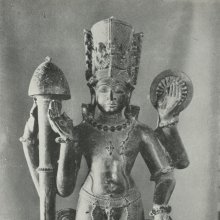
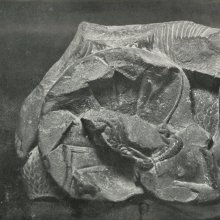
.jpg)
.jpg)
